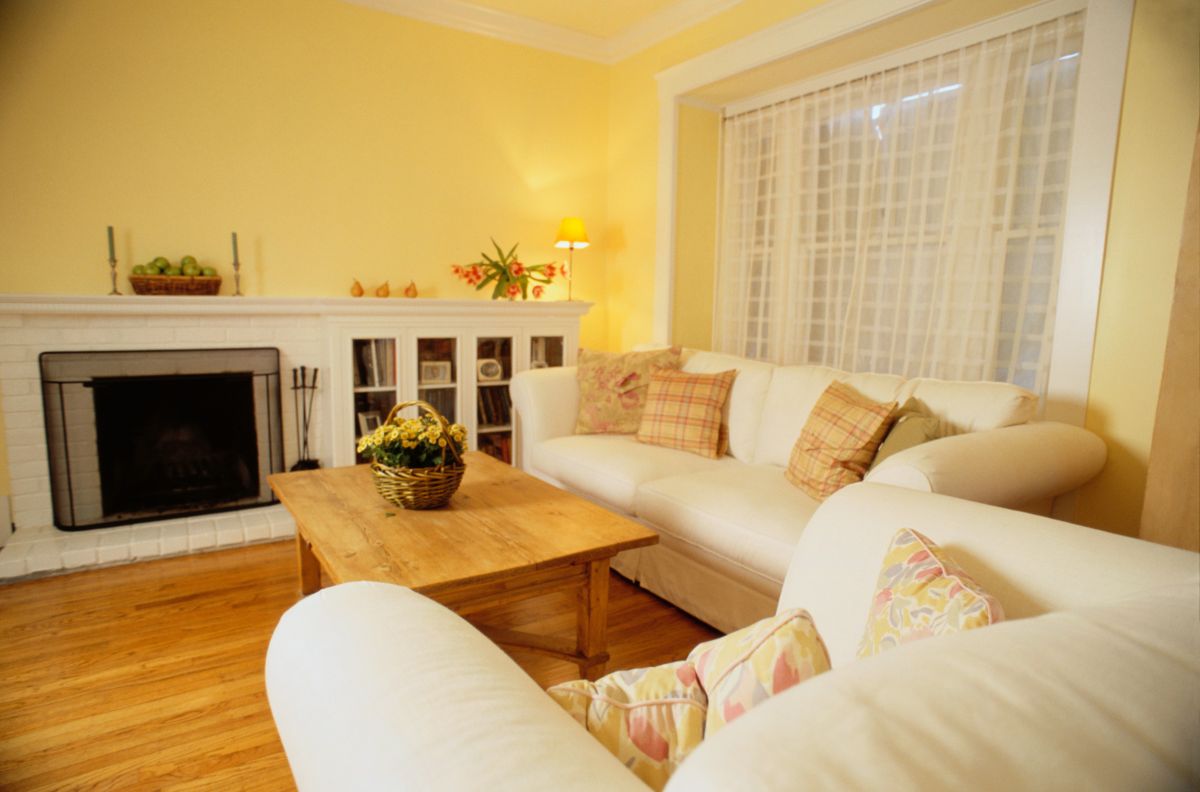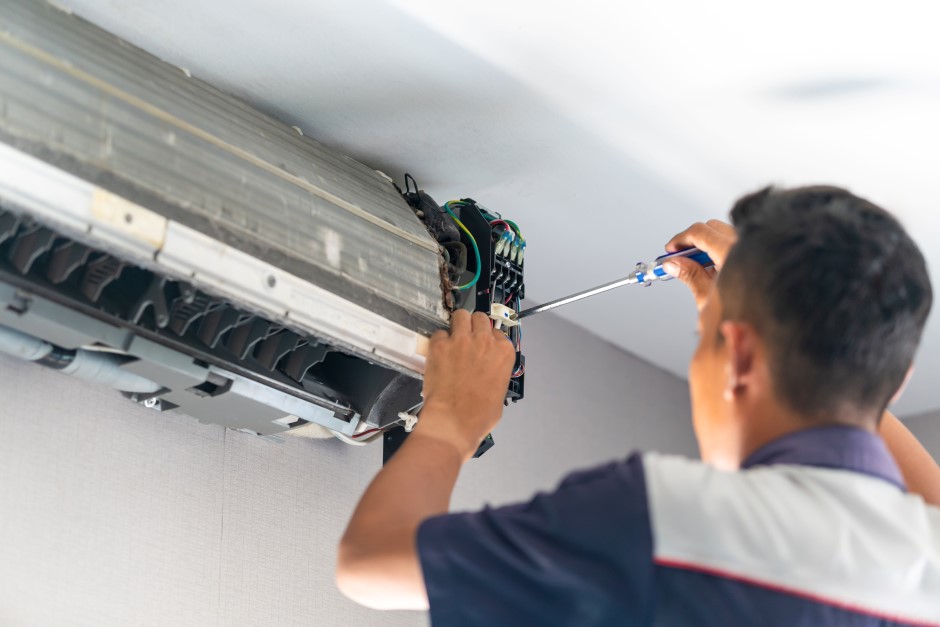The quickest and most surefire way to improve the look of your home is to give it a fresh, new style with a stunning update to your interior painting. However, many homeowners are afraid to try their hand at DIY work when it comes to painting of any kind since the results are so highly visible that the prospect of making a mistake in technique, color choice, or quality of finish will become apparent at a pretty quick glance. Fortunately, with the right tips and tricks it’s easy to gain the confidence and knowledge needed to perform a gorgeous interior painting project without the help of any professional painters. Simply keep these tips in mind as you’re performing your painting prep work and soon your most frequented rooms will have an exciting, eye-catching new life!
Step 1: Picking your Palette

Finding the right color scheme takes more than a few square inch paint swatches. Visit an arts and crafts store to pick up a few pieces of plain white foam board and paint these with sample sizes of your major paint options. Carry the board around the room to see how different colors would appear within the different levels of light which occurs throughout the space. Keep in mind that darker or bolder colors may become overwhelming when applied to an entire room and if you’d like advice speak with the customer service in the paint section of your local hardware store to hear what they think.
Step 2: Painting Preparation

Much of the work involved in interior painting projects is done prior to any paint being applied at all. In order to make your DIY interior painting project result in the highest possible quality for the longest possible time it’s vital to thoroughly clean all surfaces being cleaned with soap and water. All furniture and carpeting in the room being worked on should either be removed or completely covered with tarps to prevent damage and all surfaces being painted should be thoroughly checked for damages like holes, cracks, and weak points which should be repaired prior to any further work. All this done, apply a liberal coat of primer to the surfaces you intend to paint. Use this application as a practice for your paint applying technique: start in the corner of the wall and create a perimeter of primed wall (what professionals call cutting in) from there move further toward the middle, making sure to cover all portions of the wall.
Step 3: The Painting Process

Once your primer has dried (usually a few hours after application) begin painting the wall in the same corner you started with for priming. Use a manual brush to create the perimeter around the wall to allow for more precise control of where paint is applied and switch over to a roller as you move further toward the center. Whenever possible utilize the same motion in your paint application both to keep the texture applied even and to keep easier track of the amount applied. Don’t be afraid however to return to a section! In all likelihood a second coat of paint will be needed, particularly if the color of the wall beneath the paint was dark to start. Between coats of paint always rinse all brushes and rollers and allow the paint you applied to thoroughly dry. Incompletely dried paint which is then painted over will result in uneven, unattractive results.







